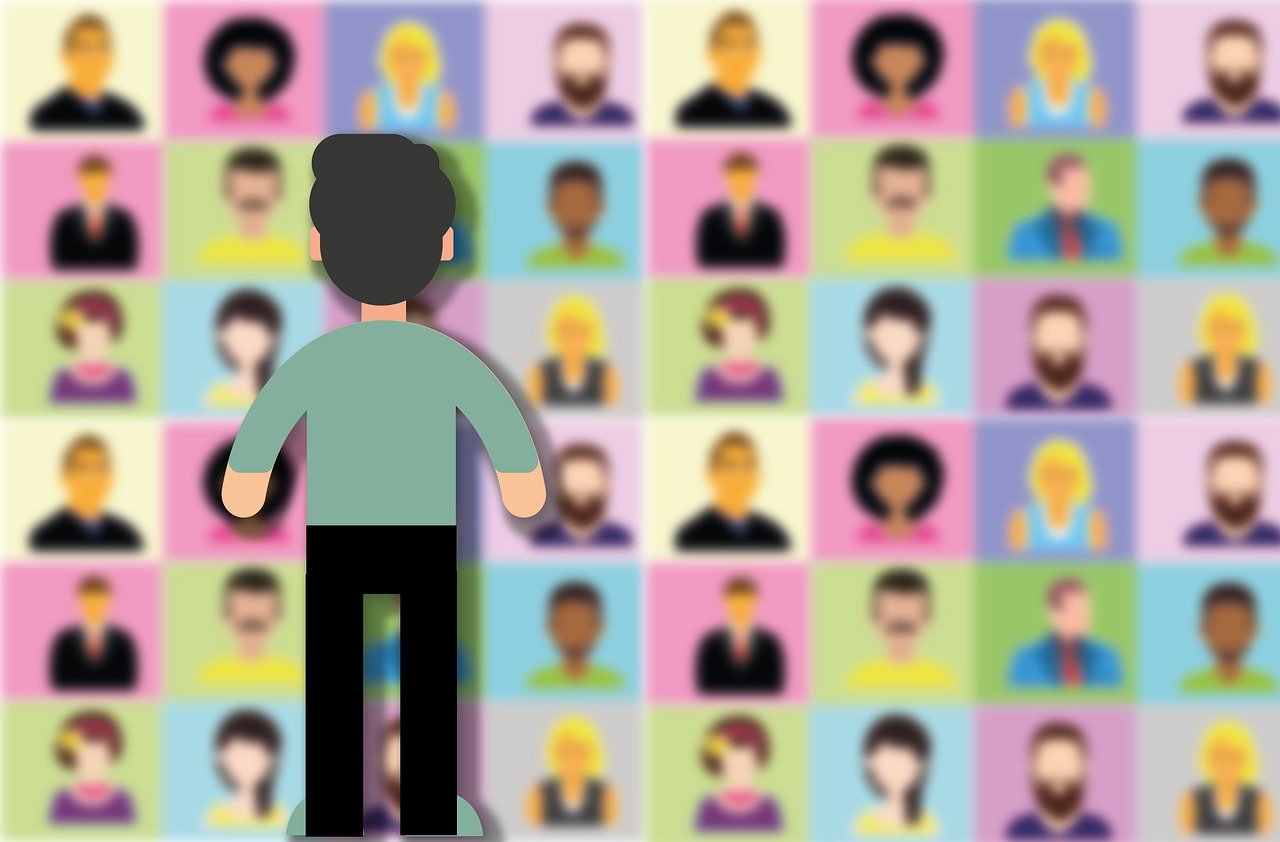
"Culture is the way people help each other."
(I'm currently working to recall who said this! Will update as soon as I find my way back to the wise one who brought this to my consciousness)
Leaders seem stymied by one question of leading in a virtual world: "How do we preserve our culture when everyone is working virtually?"
Me: "How did you preserve it before?"
Them: [Silence]
I'm fascinated by the fact that what seems to have emerged from global dispersed teaming is that leaders believe that culture is linked to a physical office location.
It's a myth.
Yes, there are some aspects of a physical location that enable culture to manifest, which aren't as readily available virtually. Here's my running list:
- Unplanned run-ins: If and how employees say hello to a colleague they don't know.
- Collateral: Values posters, corporate branding, and office look-and-feel edify the corporate identity
- Cross-hatch networks: Vertical networks are fairly easy in a virtual world, but lateral and horizontal networking is a bit more difficult. To advance and work on the complex challenges organizations have, a cross-hatch network is important. (I'm coining this term! If you've seen cross-hatch patterns, it's a great way to describe what I'm saying)
But, we first need to ask...what IS corporate culture?
If you search "definition of culture", you'll find:
- Corporate culture refers to the shared values, attitudes, standards, and beliefs that characterize members of an organization and define its nature. Corporate culture is rooted in an organization's goals, strategies, structure, and approaches to labor, customers, investors, and the greater community. (Inc.)
- Corporate culture refers to the beliefs and behaviors that determine how a company's employees and management interact and handle outside business transactions. Often, corporate culture is implied, not expressly defined, and develops organically over time from the cumulative traits of the people the company hires. (Investopedia)
- The key to a successful organization is to have a culture based on a strongly held and widely shared set of beliefs that are supported by strategy and structure. When an organization has a strong culture, three things happen: Employees know how top management wants them to respond to any situation, employees believe that the expected response is the proper one, and employees know that they will be rewarded for demonstrating the organization's values. (Society of Human Resource Management)
But, my favorite definition doesn't come in the search results. I heard it from [Working to fill in this blank] on my current favorite podcast from Michael Bungay Stanier We Will Get Through This on season 2, episode 18 with Gianpiero Petriglieri.
Culture is the way people help each other
We have hundreds of moments every day to help each other (at home, at work, and in our communities)
- Someone has a question. Do employees make time to hear the question and provide the information?
- Someone has a project they're accountable to deliver. Do employees engage and contribute or root into competition and territorialism?
- A leader is driving a mindset of performance and accountability in service of meeting business goals. Do employees fight the shift or are they willing and open to learn a new way of evaluating progress?
What's amazingly helpful at this time in history is that helping each other isn't limited to what occurs when we are physically next to each other.
Helping each other and how we do it isn't stunted by a webcam or physical distance from a team.
And, in fact, one of the most important things happening in our professional lives is that leaders en masse are trying to answer the question: "How do we preserve our culture?" It is finally causing leaders to be more conscious of what creates culture and see their role in it.
Instead of defaulting to let culture organically develop, leaders can now put their 'culture glasses' on and actually see the moments where culture is made.
Rather than a diner in a fine restaurant, leaders and employees (parents, spouses, family members, friends) can now become the chef. Choosing the meal we'll eat one helping moment at a time.
